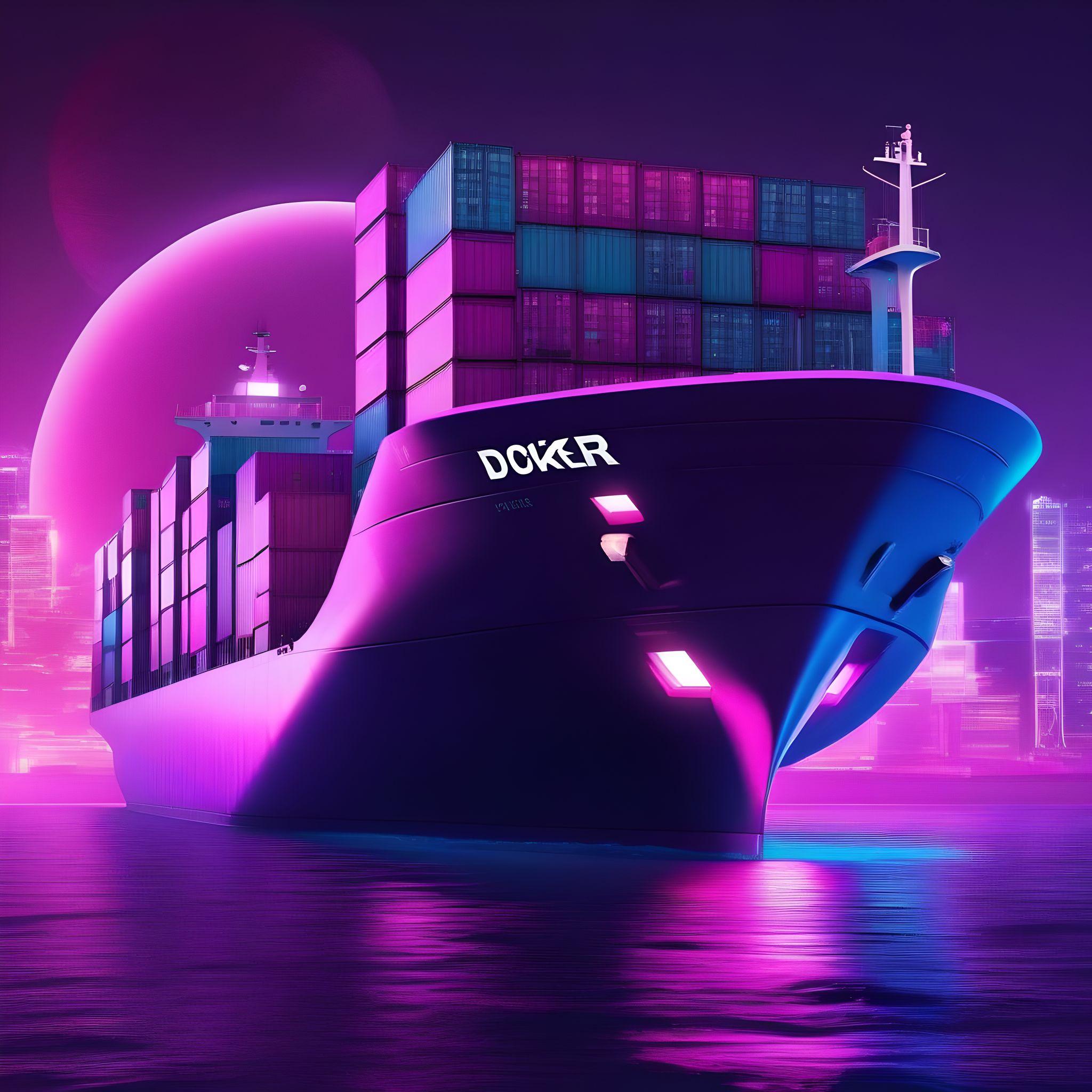In the realm of business IT infrastructure, two technologies have emerged as key players in enhancing efficiency, scalability, and agility: virtualization and containerization. Understanding the differences, advantages, and limitations of each can help businesses make informed decisions about which solution best fits their needs. DotNot, with its deep expertise in deploying and managing both technologies, offers insights to guide businesses in choosing the right solution.
Understanding Virtualization
Virtualization involves creating virtual versions of physical hardware to run multiple operating systems and applications on a single physical server. This is achieved through a software layer called a hypervisor, which separates the physical hardware from the virtual environments, known as virtual machines (VMs).
Pros:
- Isolation: Each VM is completely isolated from others, providing security and fault tolerance.
- Hardware Utilization: Improves the utilization of physical resources, reducing the need for additional hardware.
- Flexibility: VMs can run different operating systems and configurations, offering flexibility for various applications.
Cons:
- Resource Overhead: Each VM requires its own OS, leading to higher resource consumption.
- Complexity: Managing multiple VMs and their respective operating systems can be complex and time-consuming.
Understanding Containerization
Containerization involves encapsulating an application and its dependencies into a container that can run on any computing environment. Unlike VMs, containers share the host system’s kernel but can be isolated from each other.
Pros:
- Efficiency: Containers require less system resources than VMs, as they share the host’s OS, leading to better performance and faster startup times.
- Portability: Containers can run consistently across any environment, simplifying deployments across different systems and clouds.
- Scalability: Easier to scale and orchestrate with tools like Kubernetes, making them ideal for microservices and distributed applications.
Cons:
- Isolation: Containers are not as isolated as VMs, which may pose security risks if not properly managed.
- Compatibility: Requires applications and services to be designed or adapted for containerized environments.
Choosing the Right Solution
The choice between virtualization and containerization depends on your business needs, existing infrastructure, and future growth plans.
When to Choose Virtualization:
- If you need strong isolation and security for different operating systems.
- For applications that require access to full hardware resources.
- When dealing with legacy applications that are not suited for containerization.
When to Choose Containerization:
- If you prioritize efficiency, scalability, and fast deployment cycles.
- For developing and deploying microservices or cloud-native applications.
- When you need seamless portability across different environments.
How DotNot Can Help
DotNot specializes in both virtualization and containerization, offering tailored solutions based on your business requirements. Our expertise includes:
- Assessment and Planning: Evaluating your current IT infrastructure and business needs to recommend the most suitable technology.
- Implementation and Management: Deploying and managing virtualized or containerized environments with a focus on security, performance, and scalability.
- Support and Optimization: Providing ongoing support and optimization strategies to ensure your infrastructure evolves with your business.
Conclusion
The decision between virtualization and containerization should be based on a strategic assessment of your IT infrastructure, application needs, and business goals. Whether you aim for the robust isolation and flexibility of virtual machines or the efficiency, portability, and scalability of containers, DotNot is here to guide you through the process, ensuring that your business leverages the right technology to drive growth and innovation.




